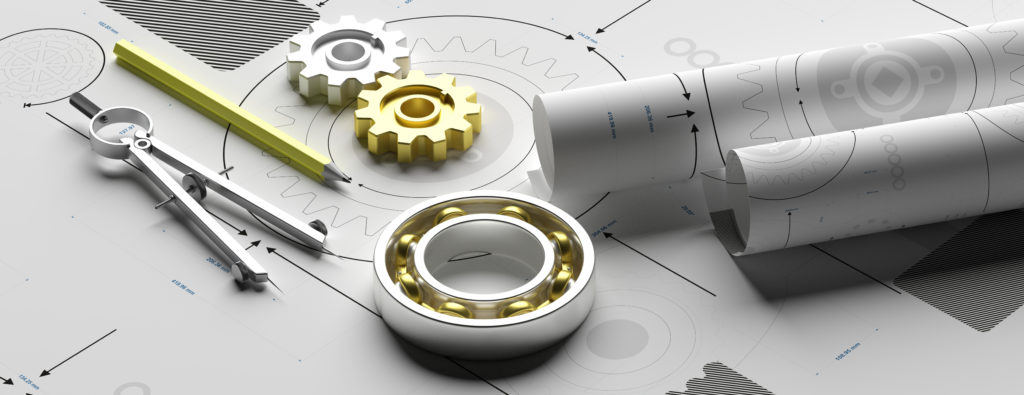 Join us next week for our webinar “The Difference Between PDM and PLM and Why You Need Both”. Ahead of that, I figured I’d give some thought to this topic as I’ve worked in the industry since the late 90s – when we moved from engineering data management as the discipline to the distinct Product Data Management and Product Lifecycle Management realms. In my mind, the main difference between the two comes down to files versus items.
Join us next week for our webinar “The Difference Between PDM and PLM and Why You Need Both”. Ahead of that, I figured I’d give some thought to this topic as I’ve worked in the industry since the late 90s – when we moved from engineering data management as the discipline to the distinct Product Data Management and Product Lifecycle Management realms. In my mind, the main difference between the two comes down to files versus items.
Managing your Data
Product Data Management (PDM) deals with files. PDM is intended to control and organize your source file information – CAD models and specifications. PDM manages sets of linked files in hierarchical (real or virtual) folders. It is built around the inter-dependencies of those file formats. Key functions are to provide a seamless interface with authoring tools (sometimes in innate, but often via add-ins or adapters).
Process Management
In contrast, Product Lifecycle Management (PLM) is intended to provide the management and visibility of item information. This means revision and change control as well as processes that involve representations from different functions across the enterprise. People from outside of the engineering department also need access to product information. PLM provides collaboration processes tied to workflows, project execution, quality, sourcing, and more. Those capabilities won’t be found in PDM as the focus is different. The intent of PDM is just support engineers and the management to their files, they don’t have the need for these cross functional workflows. By the same token, since PLM isn’t really focused on the document management for specific inter dependent technical file formats, the PLM systems are often lacking the necessary data representations and integrations to fully represent the complexity of the source data. That’s where PDM comes in to play and why having both systems can be critical to an enterprise.
Better Together
In reality, most PDM systems have some PLM capabilities and most PLM systems have the ability to support some PDM processes as well. If you only have PDM and you’re expected to perform PLM functionality, where will you miss out? Same question for PLM. Having both PDM and PLM can give an organization greater control and ultimately, save time.
Hope to see you next week! Register now for our webinar.


(0)